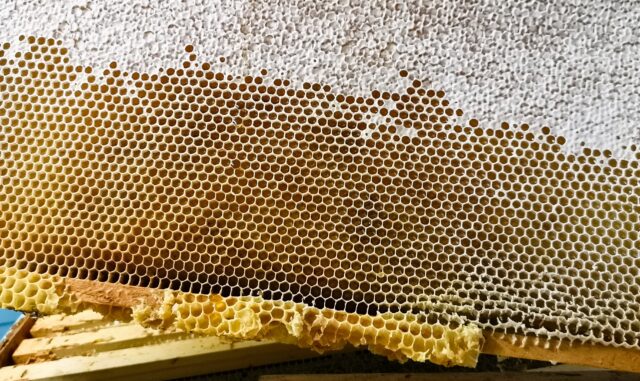Mid-summer bee status: sweet

On a loading dock in a very warm barn at New Hamburg’s Nith Valley Apiaries sit several food-grade, plastic-lined industrial drums packed with fresh honey — each drum weighs about 300 kilograms.
Earlier, the honey was extracted from hives, pumped into 500-gallon tanks and allowed to settle out for a couple of days: honey is heavy, so any debris rises to the top.
The honey is then gravity-drained and filtered into the plastic-lined barrels and stored in the barn until it’s ready to be warmed and pumped to the retail store for bottling and bulk purchase by customers as needed. The turnover is quick.

The process starts with the first honey extractions at the end of June or early July and, depending on conditions, may continue into the fall.
“We sometimes have pulled out honey near the end of September. But the bees can be a bit grumpy by then,” says Erika Roth, a co-owner of the apiary with her husband and beekeeper Mike Roth.
For more on this story, please visit CBC-KW.

